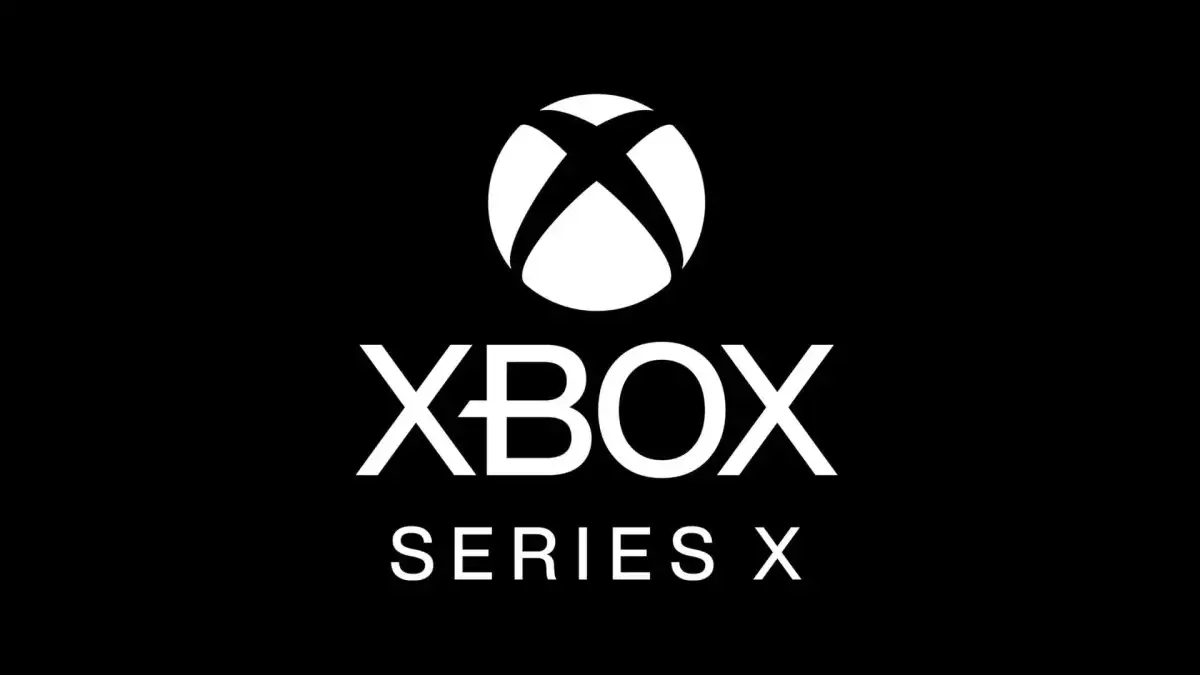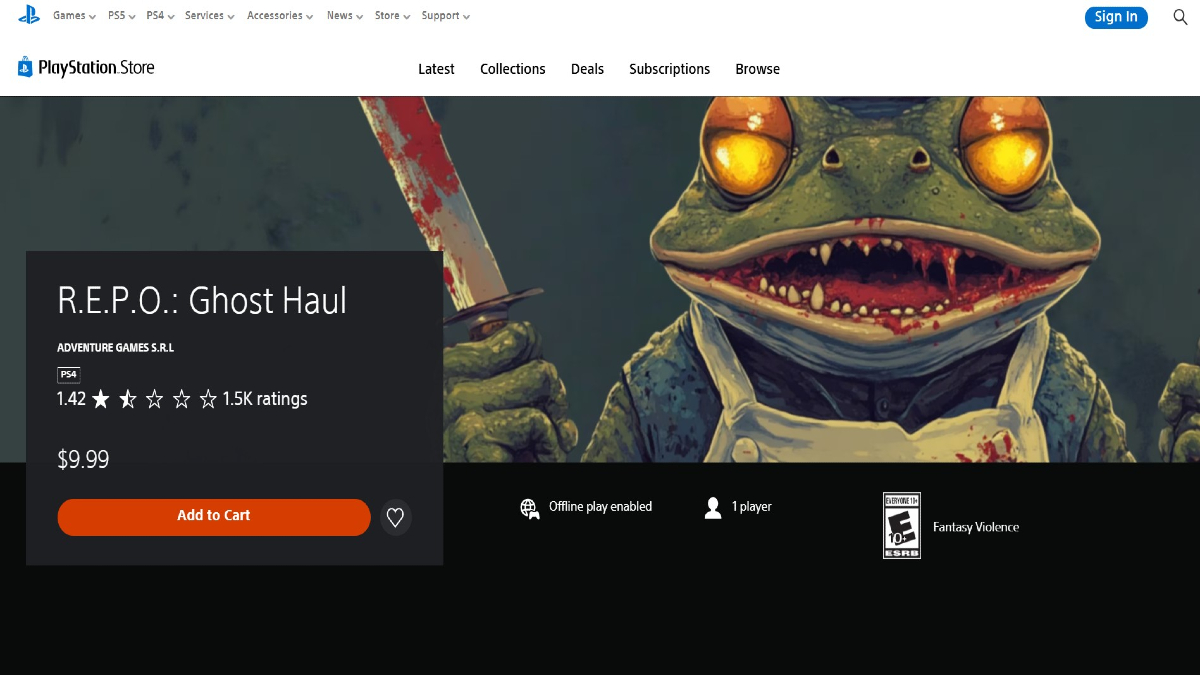Today Microsoft opened the floodgates of information on the Xbox Series X with an extensive reveal about the upcoming next-generation console.
We learn that the team aimed not only to build hardware that can run games at 4k and 60 FPS without requiring compromises for developers but also 120 FPS in the most competitive games.
Sebastien Nussbaum, corporate vice president & senior fellow, semi-custom products and technologiesat AMD, defines the console “a playground for technical innovation” for developers.
“Xbox Series X is the biggest generational leap of SOC [System on a Chip] and API design that we’ve done with Microsoft, and it’s really an honor for AMD to be a trusted Microsoft partner for this endeavor.
The Xbox Series X is going to be a beacon of technical innovation leadership for this console generation and will propagate the innovation throughout the DirectX ecosystem this year and into next year.”
Below you can check out the full specs of the console.
Speaking of graphical prowess, Gears 5 will receive an optimized version for Xbox Series X, with a tech demo already running at the equivalent of Ultra settings on PC and an additional 50% increase in particle counts.
Load times are “extremely fast,” and some features that have been turned off on Xbox One X could be turned back on by developers. These include contact shadows (providing extra depth to objects) and self-shadow lighting on plants and grass.
The game is already running at over 100 FPS at 4K and the developers are investigating the possibility of reaching 120 FPS in multiplayer. This was achieved by the development team in a manner of weeks.
This optimized version of the game will be available at the launch of the console, using smart delivery to let those who already have the game upgrade for free.
Another technical innovation is the Xbox Velocity Architecture, dedicated to streaming in-game assets [Editor’s note: in this case, we’re talking about “streaming” assets from storage to memory, as opposed to more common uses of the verb].
According to the reveal, this allows developers “instantly” access 100 GB of in-game assets, unlocking “capabilities that have never been seen before in console development.”
Microsoft claims that this is a “game-changer” that “creates an effective multiplier on physical memory.”
Andrew Goossen, technical fellow on Xbox Series X at Microsoft claims:
“The CPU is the brain of our new console and the GPU is the heart, but the Xbox Velocity Architecture is the soul.
The Xbox Velocity Architecture is about so much more than fast last times. It’s one of the most innovative parts of our new console. It’s about revolutionizing how games can create vastly bigger, more compelling worlds.”
Large open-world games are said to benefit the most for this feature, as they benefit from fast streaming of assets in and out of memories as the player traverses the world.
On top of that, games that are structured in levels will load them very quickly, and fast travel will be actually fast.
Goosen also talked about latency:
“Competitive gamers and the best gaming experiences demand precise, responsive controls.
The Xbox team analyzed the entire end to end input pipeline, from the controller to the console and from the console to the display and we challenged ourselves to identify every opportunity to further reduce latency to provide the best experience for gamers on Xbox.”
Below you can see a relevant infographic adding more details.
Microsoft implemented features like support for 120hz, Variable Refresh Rate (VRR) and Auto Low Latency Mode (ALLM). While the benefits from a single feature are difficult to notice, they create a “profoundly more responsive experience” when added together.
Backward compatibility is also an important feature for Xbox Series X, and games from the previous generation will benefit from “improved boot and load times, more stable frame rates, higher resolutions and improved image quality.”
Below you can see images of the console, of its controller, and of the 1TB storage expansion cards, and videos from Digital Foundry and Austin Evans showing and explaining more of the console and the gameplay demos for Gears 5 and the ray-tracing enabled version of Minecraft.



































Updated: Mar 16, 2020 09:37 am